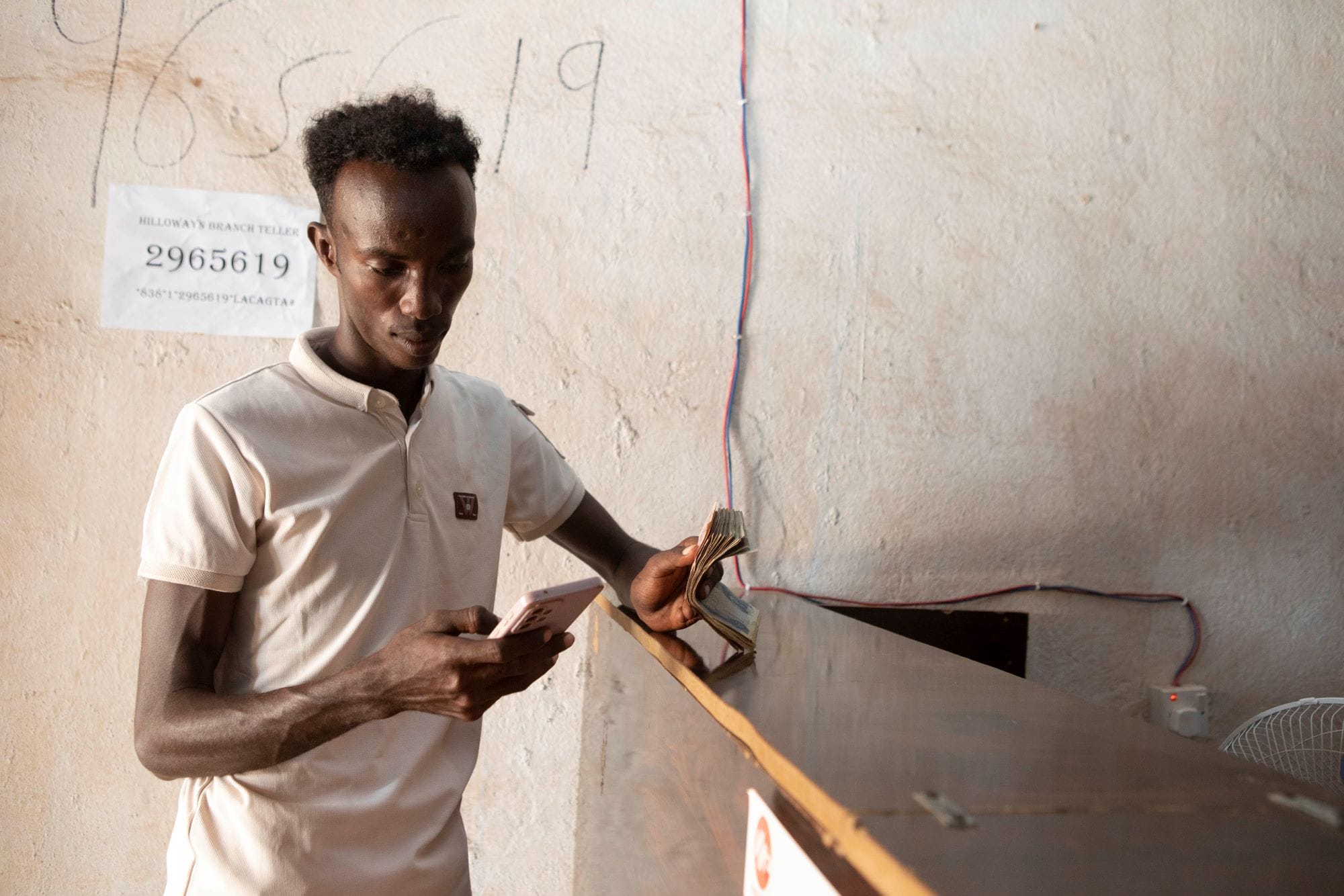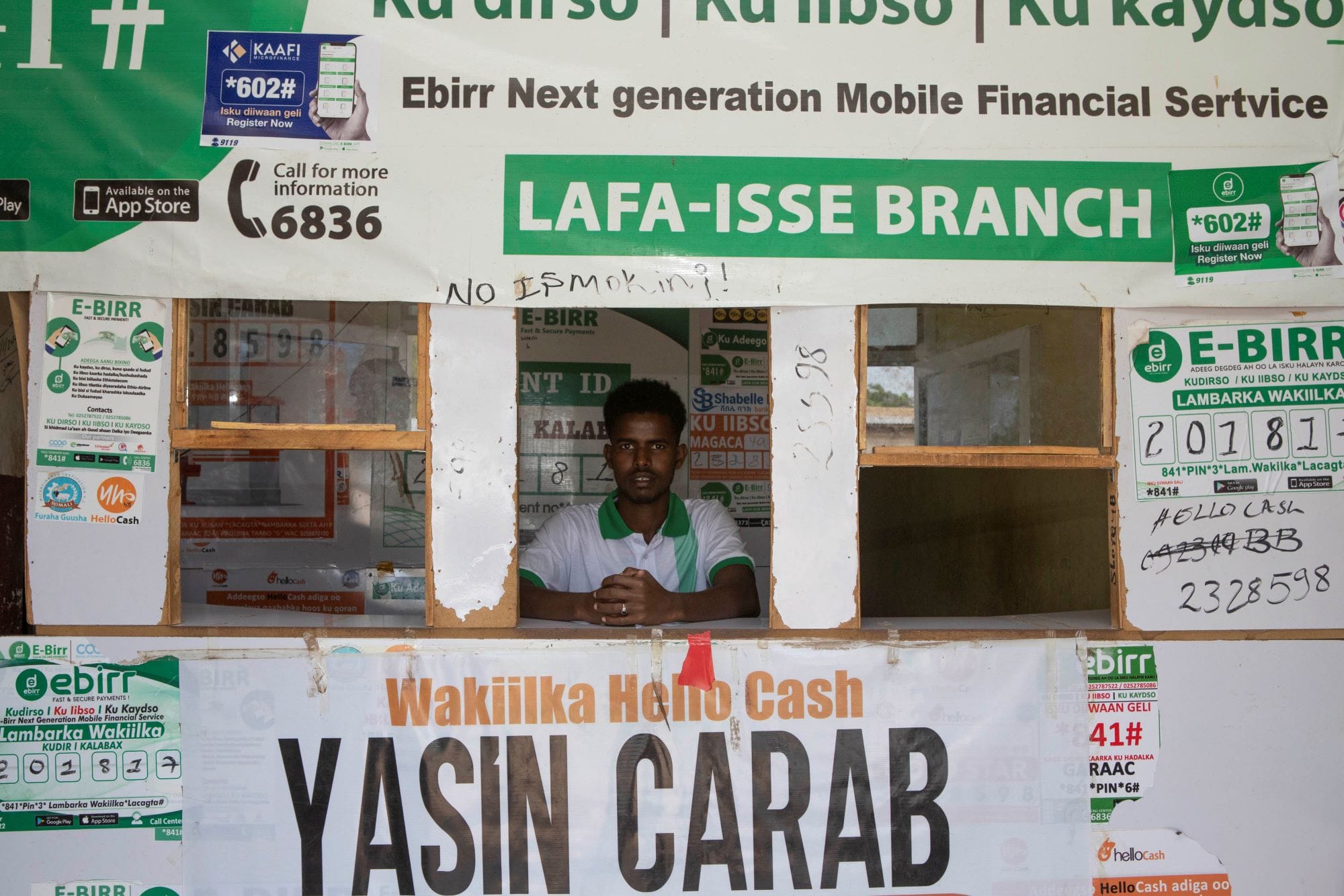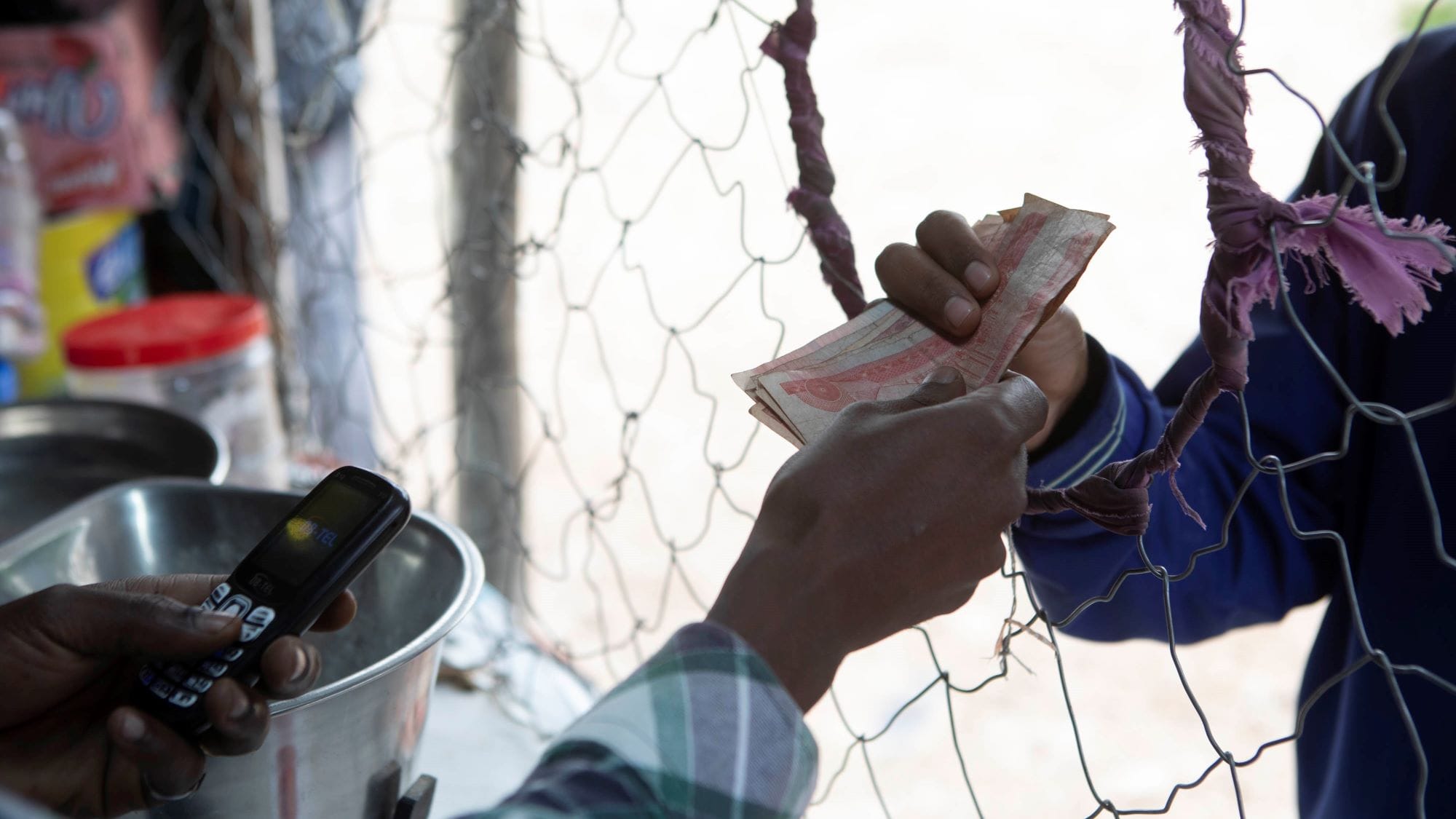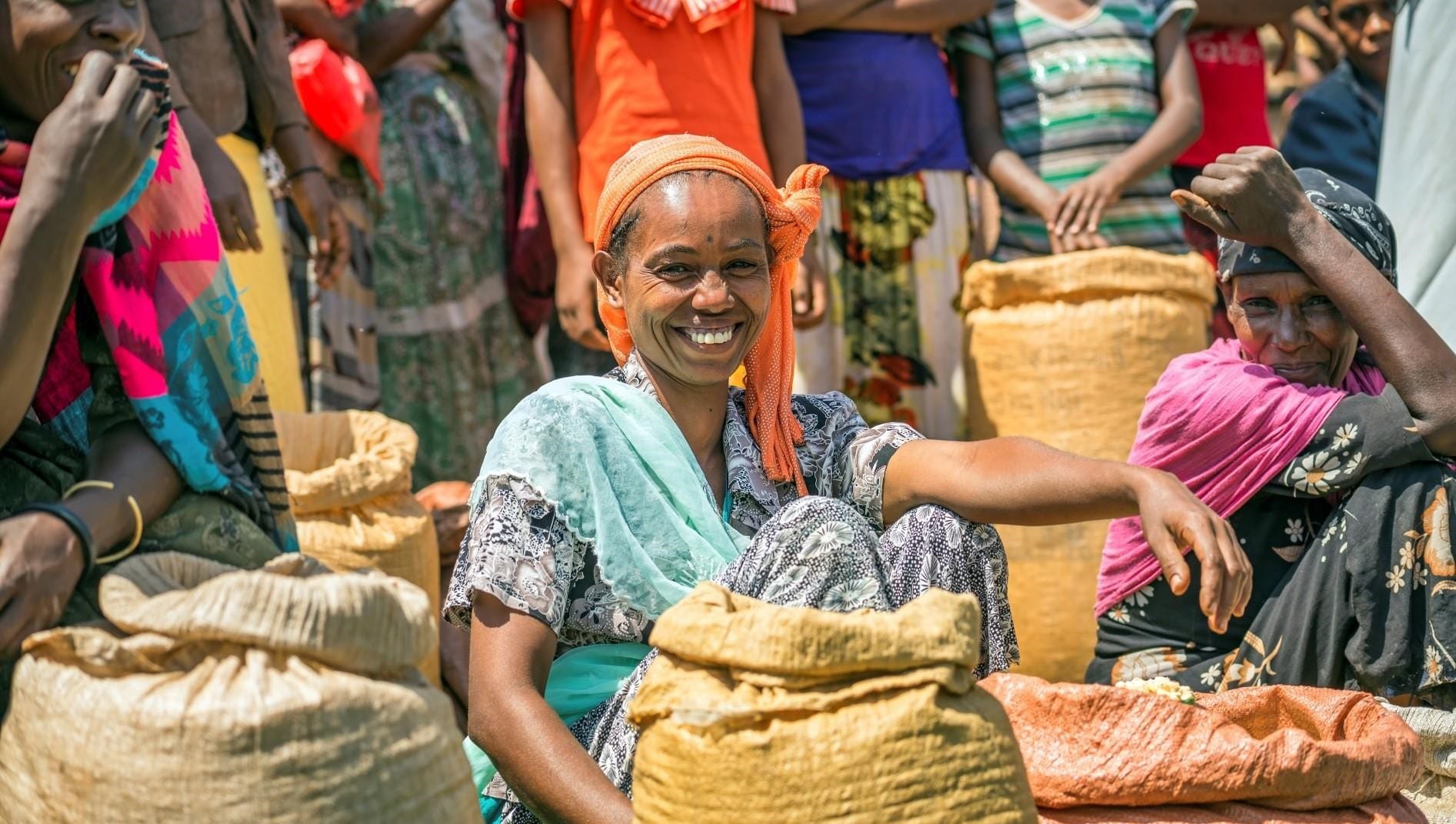Can financial services and the broader financial market ecosystem help build climate resilience among marginalised communities? Drawing on case studies from projects in Rwanda, Ethiopia, and Mozambique, we recently explored how the application of innovative financing models, the development of digital ecosystems, and institutional collaboration are building resilience among marginalised communities. We present our findings in a new paper.
The paper uses data from monitoring, evaluation, and learning frameworks that track the adoption of new financial products and services and their impact on climate resilience. It also examines if and how the projects involved changed the behaviour and strategy of financial actors.
Each project focused on improving access to digital financial services among communities such as refugees in Ethiopia and disadvantaged populations in rural Rwanda and Mozambique.

Ethiopia
The Strengthening Host and Refugee Populations in Ethiopia (SHARPE) programme—funded by the U.K. Foreign, Commonwealth & Development Office (FCDO)—applied a market systems development (MSD) approach between 2019 and 2025 to develop markets and businesses in three refugee-hosting areas in Ethiopia. SHARPE enabled more than 134,000 people to increase their income, boost savings, and/or improve their jobs (against a target of 125,000), thereby enhancing their resilience to climate shocks.
SHARPE found that refugees and host communities require more than microcredit to transition from aid dependency and increase their resilience. While small loans (averaging $700) can offer limited relief, establishing enterprises able to operate within a market system requires a larger investment (up to $5,000) and access to financial services. SHARPE’s partnership with a financial institution was critical in expanding mobile money services and agent networks, demonstrating the role that digital financial services can play in strengthening markets and resilience.

Mozambique
Mozambique’s FSDMoç project—another FCDO initiative, lasting from 2014 to 2021—addressed gaps in the financial market ecosystem by piloting financial products designed to reach marginal communities. This approach included geo-indexed microinsurance, which automated payouts for farmers facing cyclones and droughts. The low-cost model, combined with mobile technology and village agents, reached 35,000 smallholders—half of them women—while digital platforms such as WELELA kept supply chains operational during disruptions.
Scaling such solutions hinged on financial literacy campaigns delivered through culturally resonant methods, such as folklore storytelling, to bridge low trust in formal systems. End-line project figures show promising reach: more than 1 million previously excluded individuals were using financial services by 2020, and more than 1.7 million people (36 percent women) had been reached through the financial literacy and awareness campaigns.
Rwanda
Finally, the U.S. Government’s Nguriza Nshore initiative, which ran from 2018 to 2023, showed how Rwanda’s financial markets can be made more inclusive by focusing on objectives such as de-risking lender exposure through guarantees and satellite-enabled risk assessments. By aligning loan terms with agribusiness cycles (such as seasonal harvests), financial institutions such as Réseau Interdiocésain de Microfinance reduced non-performing loans from 11 percent to 3 percent and expanded lending to women-led enterprises.
Like SHARPE and FSDMoç, Nguriza Nshore highlights the importance of mobile/agent banking infrastructure to serve last-mile populations, because traditional branches were inaccessible. And while results are significant—$64 million in commercial finance facilitated, $34 million in investment mobilized, more than 41,000 jobs created—Nguriza Nshore’s legacy lies equally in its contribution to a new mindset among financial institutions, which are now more likely to view underserved markets as legitimate business segments with strong growth potential.
From the three case studies, key lessons emerge:
- Climate-proofing economic activities requires different levels of financing: Microinsurance, mobile money agent networks, and larger loans are critical for businesses to withstand climate shocks, reduce aid dependency among target groups, and build long-term resilience.
- Digital ecosystems enable continuity: Mobile money and e-commerce platforms are critical to financial inclusion, can sustain operations during shocks, but require investments in financial literacy and infrastructure.
- Institutions need incentives: De-risking tools and data-driven risk profiling lower barriers to underserved markets, while corporate social responsibility benefits attract development finance institution capital.
- Local design is non-negotiable: Products must align with rural realities—from reduced collateral requirements for refugees to payout timings and community-led awareness campaigns.
Together, the case studies illustrate how well-designed financial initiatives can help to move communities from vulnerability to resilience. Policy makers and practitioners should support scalable models that combine appropriate technology, tailored financing, and cross-sector collaboration to support Africa’s most at-risk communities.







